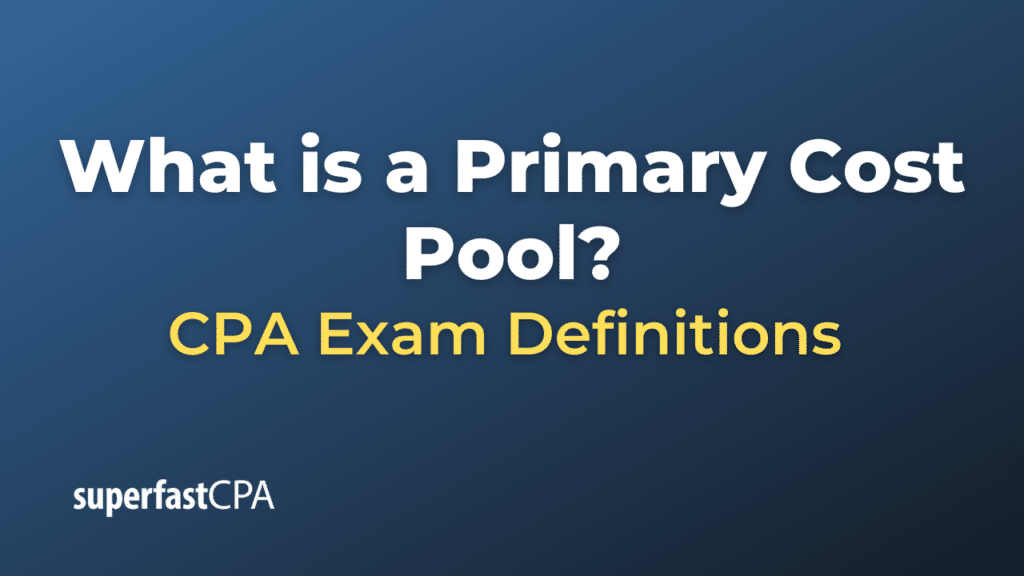Primary Cost Pool
A primary cost pool is a grouping of individual costs associated with a company’s production or operation. This pool is often used in cost accounting to assign costs to cost objects such as products, services, or departments. The primary cost pool collects costs that are directly traceable to a cost object.
For instance, direct material costs, direct labor costs, and other direct costs that are identifiable with a particular product, service, or department would make up a primary cost pool.
After grouping these costs into a primary cost pool, they can be allocated to the different cost objects using a relevant cost driver. A cost driver is a factor that causes the cost of an activity to increase or decrease. For instance, in the case of direct labor costs, the cost driver could be the number of labor hours.
Please note that terminology and methods can vary in cost accounting, and not all organizations or systems use the term “primary cost pool. Instead, they might refer to these concepts using different terms, such as cost pool, direct cost pool, etc. It’s important to understand the underlying concepts and adapt to the specific terminologies used by your organization or in your context.
Example of a Primary Cost Pool
Let’s consider a simple example of a furniture manufacturing company.
In this company, the production process involves two main stages:
- Assembly: In this stage, workers assemble the different components of the furniture.
- Finishing: In this stage, the assembled furniture is polished and finished before it’s ready for sale.
The company incurs several costs during these two stages, including direct labor costs and direct material costs.
To facilitate cost accounting, the company could create two primary cost pools:
- Assembly Cost Pool: This includes all costs directly associated with the assembly stage, such as the cost of materials like wood and screws, and labor costs of the assembly workers.
- Finishing Cost Pool: This includes all costs directly associated with the finishing stage, such as the cost of finishing materials like paint or polish, and labor costs of the workers involved in the finishing process.
Each cost pool contains the costs that can be directly traced to each stage of the manufacturing process. These costs can then be allocated to each unit of furniture produced based on relevant cost drivers. For instance, labor costs might be allocated based on labor hours, and material costs might be allocated based on the quantity of materials used.
This is a simplified example, and actual cost accounting can be much more complex, involving many more cost pools and indirect costs. But this should give you a general idea of how primary cost pools work.













